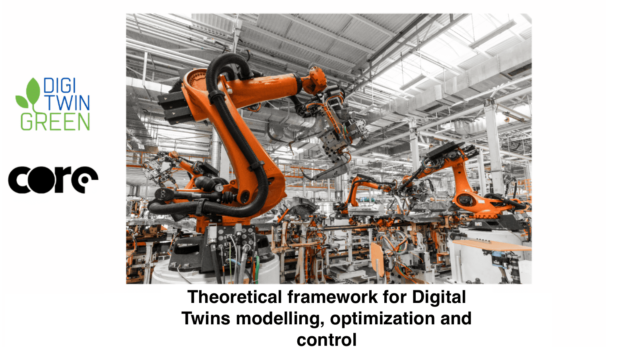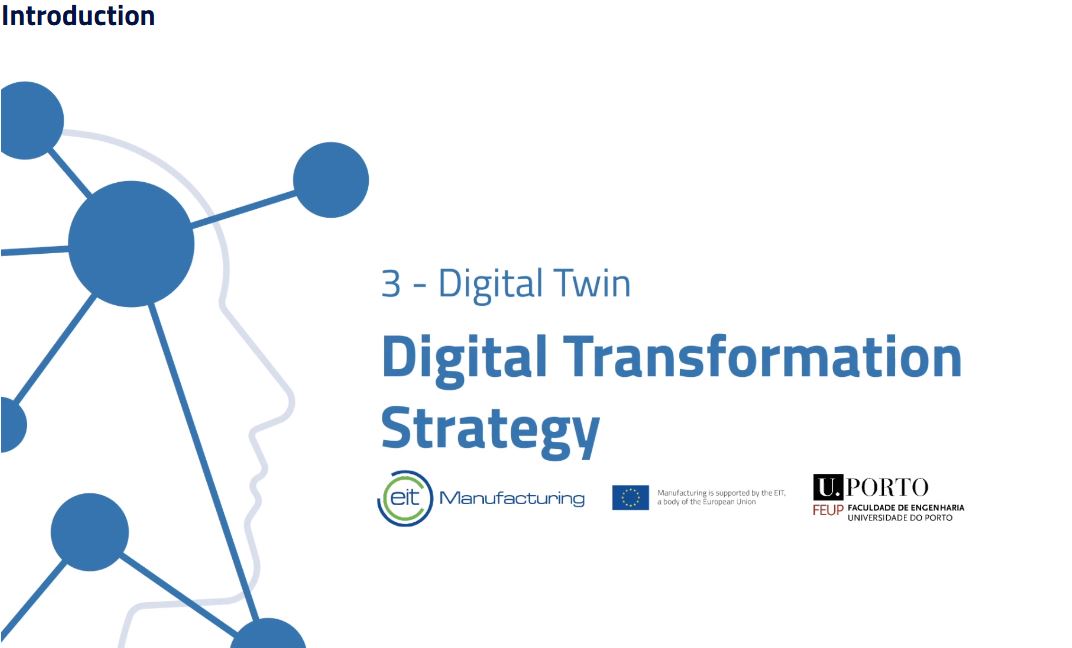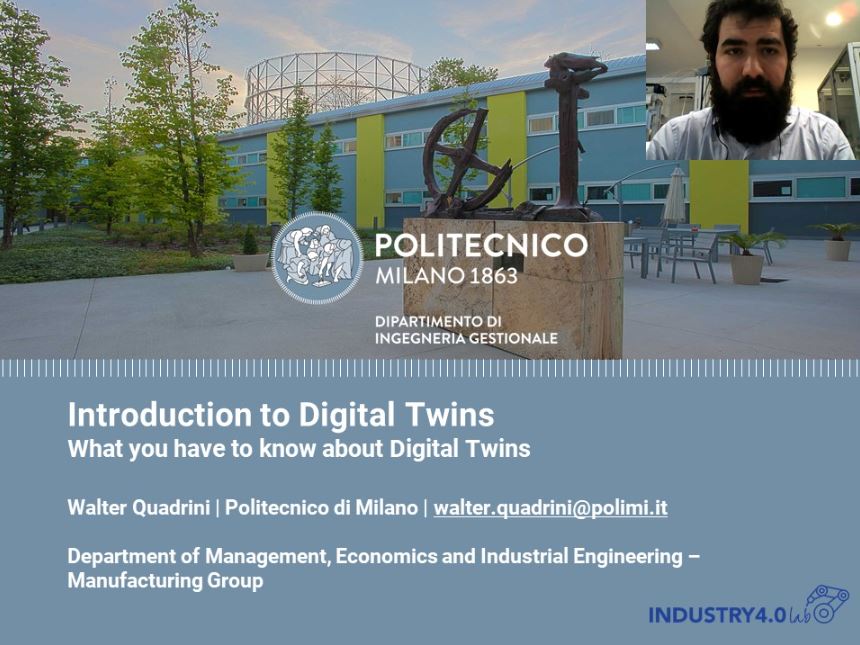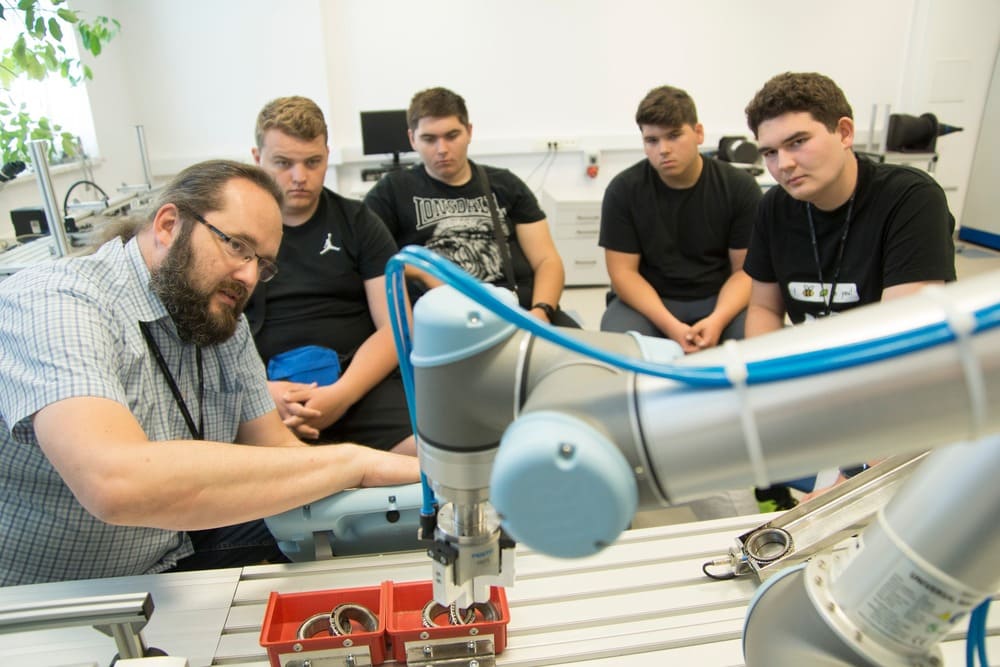Type of course:
Digital learning, Lesson
Language:
EN
Duration:
15 minutes
Workload:
2 hours
Proficiency:
Beginner
Target:
Students, Workers
This nugget explores the theoretical framework for Digital Twins (DT’s) modeling, optimization, and control. It emphasizes the importance of real-time data integration and analysis to create computational models that accurately represent physical assets.
Optimization techniques using data-driven approaches are crucial for achieving optimal performance, and control mechanisms enable autonomous decision-making and adjustments based on real-time data streams.
The integration of machine learning techniques enhances the Digital Twin’s predictive capabilities, allowing it to learn from historical data and adapt to changing conditions, leading to improved accuracy and reliability in predicting the behavior of the physical asset.
Machine learning techniques are a driving force in the theoretical framework for Digital Twins (DT’s), enabling them to learn from historical data, adapt to changing conditions, and improve predictive capabilities with increased data integration, accuracy, and reliability in behavior prediction of physical assets.
Learning outcomes
- After completing this Nugget, the learner will be able to describe what is a directed graph
- After completing this Nugget, the learner will be able to grasp what probabilistic graphical models are
- After completing this Nugget, the learner will be able to build upon the acquired knowledge of probabilistic graphical models and get familiar with the Bayesian Network model.
Course Content
Topics
Digital Transformation, Artificial Intelligence (AI), Digital Twin









